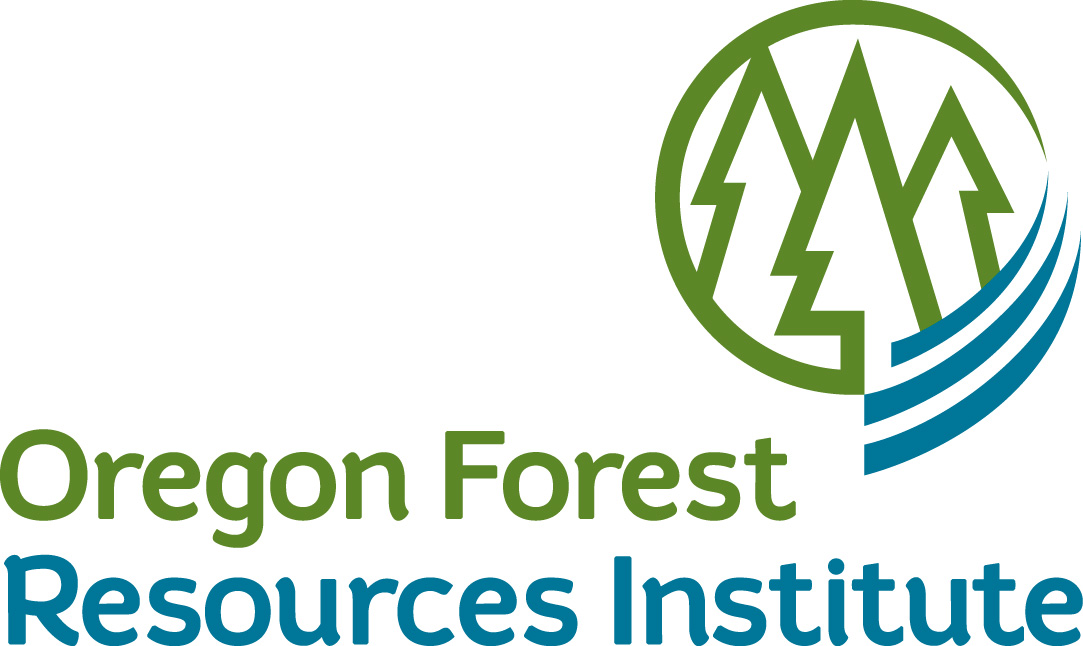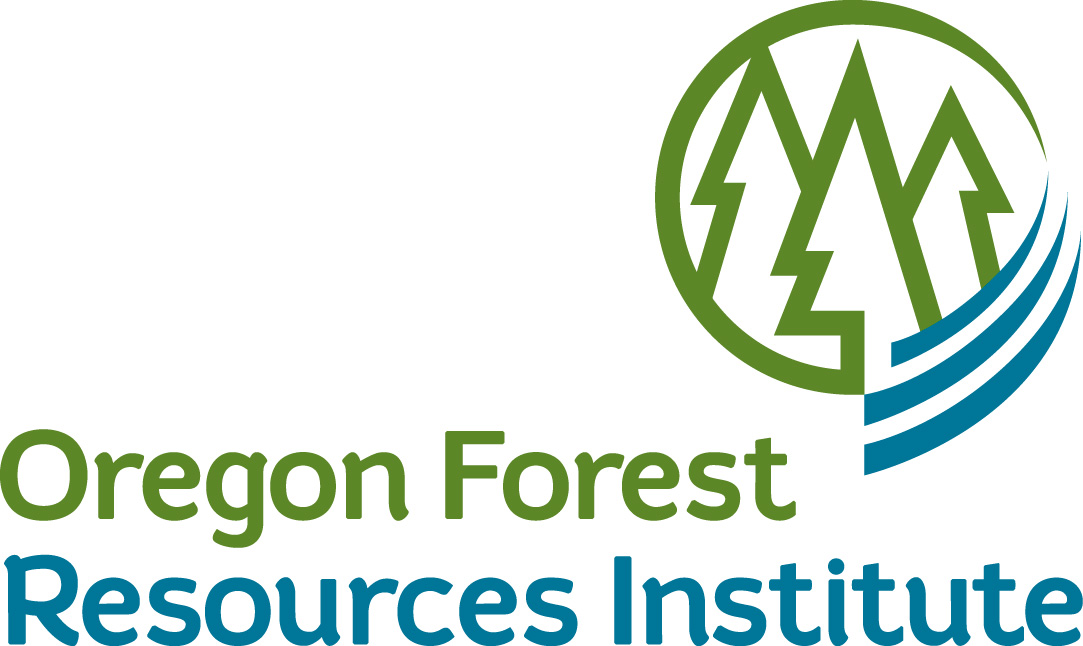SAF Learning
-
You must log in to register
- Non-member - Free!
- Member - Free!
View these 12 presentations under the Contents tab:
Entomology & Pathology
It's in Their Genes - Identifying Patterns of Genetic Resistance to Blister Rust in Southwestern White Pine. Jeremy Johnson, Northern Arizona University
Root Disease Caused Tree Mortality in Western WA Forests: Highlighting the Impacts of Significant Disturbances. Amy Ramsey, Washington Department of Natural Resources
Science and Management of Ceratocystis Wilt on Metrosideros in Hawai'i. JB Friday, University of Hawai'i
The Invasive Shot Hole Borer and Its Symbiotic Relationship to the Fungus Fusarium. Madeleine Rauhe, California Polytechnic San Luis Obispo
Western White Pine Disease Resistance in Western Washington: Operational Planting and Resistant Stock Types. Amy Ramsey, Washington Department of Natural Resources
White Pine Regeneration: Effects of Competition on Growth and Pest Damage. Katherine Minnix, Michigan State University
Fire & Fuels Management
Accumulated Forest Floor Fuels Instigate Long-Duration Soil Heating During Burning in Longleaf Pine Forests. Jesse Kreye, Penn State University
An Assessment of the Economic Impacts of Select Colorado Wildfires. Kurt Mackes, Colorado State University
Managing Human Influenced Fire Regimes on the Washington Coastline. David Cass, Washington State Parks and Recreation Commission
Predicting Time since Fire from Landscape Level Variables within the Boreal Forest of Alaska: A Spatial Tobit. Brian Young, Landmark College
To Insure or Not to Insure? Factors Affecting Insurance Options for Prescribed Burning Practitioners in the US. Rajan Parajuli, North Carolina State University
LiDAR Combined with Landsat Increases the Accuracy and Resolution of Landscape-scale Estimates of Fire Effects. Michael Hoe, SCS Global Services
Key:
Browser Recommendation
Use Chrome, Firefox, Edge, or Safari.
DO NOT USE Internet Explorer.
Quick Search
Customer Support
If you need assistance with registration, accessing a ForestEd product you purchased, or other customer service-related issues, please email ForestEdSupport@safnet.org during normal office hours: Monday - Friday, 9:00 am - 5:00 pm ET.
Sponsors
ForestEd Suggestion Box
Technical Support
For technical support, email ForestEdSupport@safnet.org



